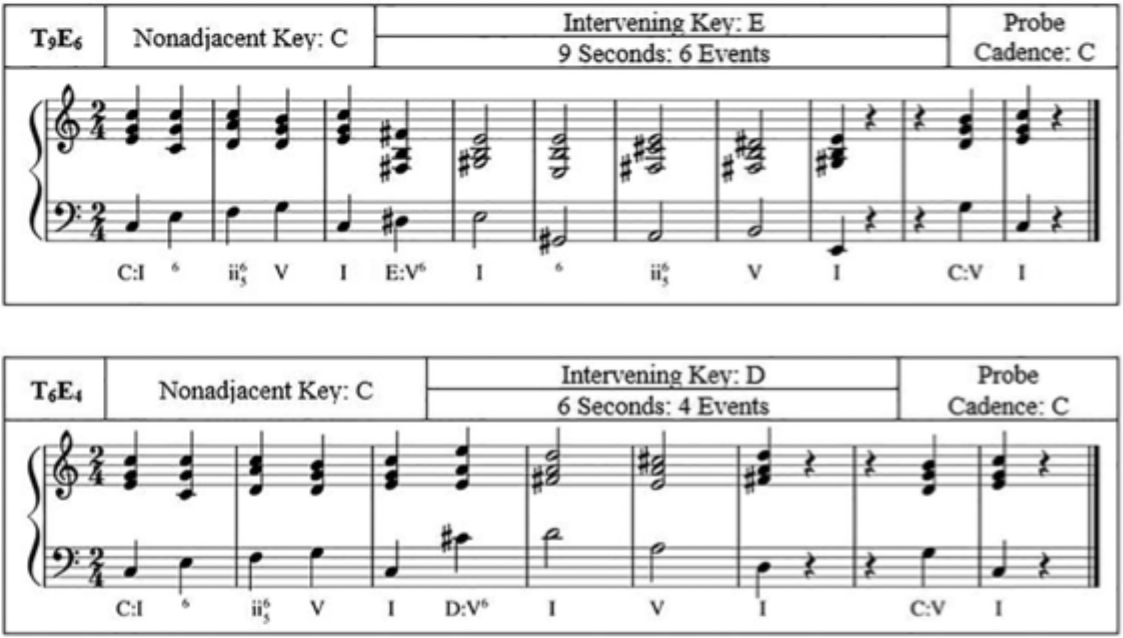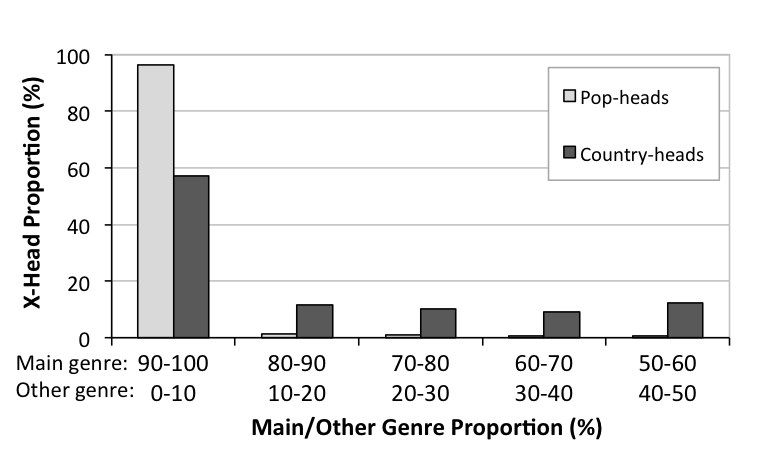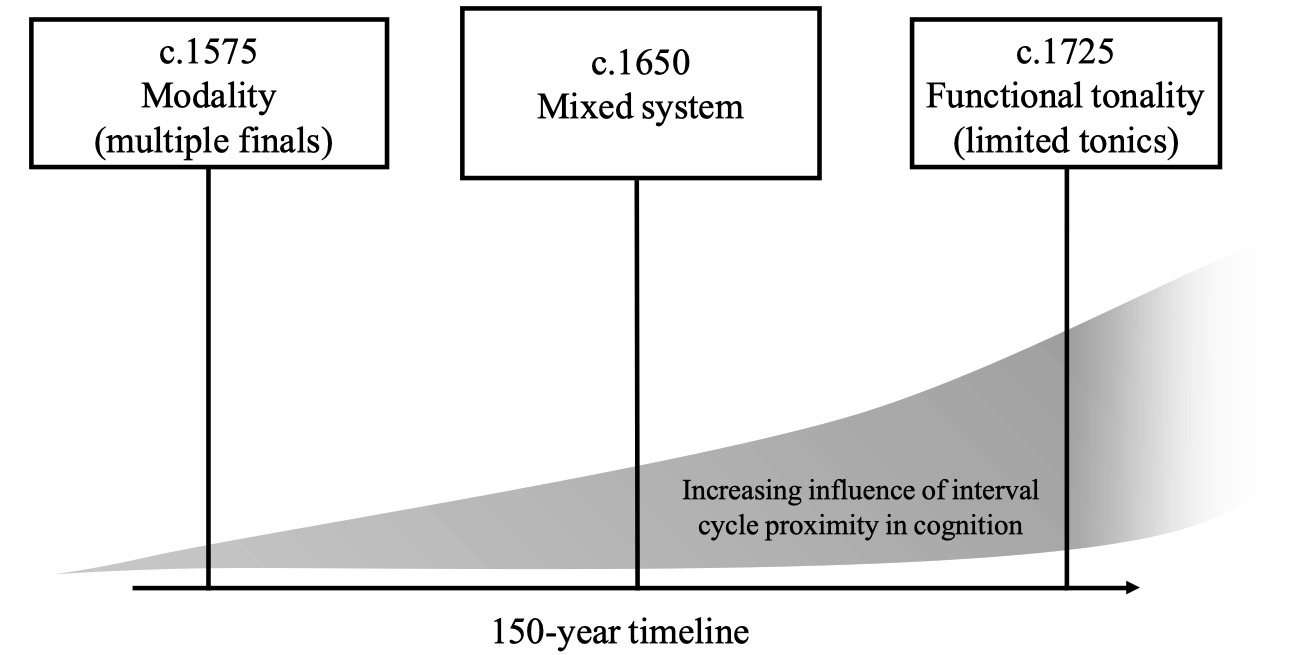Information Box Group
After securing external funding, lab director Matthew Woolhouse founded the DML at McMaster in 2013. Our work at the DML combines musical knowledge with the scientific techniques of experimental psychology in order to address a range of issues. The lab’s work covers four broad areas:

Music and Dance -
The lab’s music and dance research is divided into two sub-areas. The first concerns the observation of dance using eye-movement analysis, particularly in relation to human entrainment and synchronization. The image is from our 2018 paper (PDF) on eye movements, attention, and expert knowledge in relation to South Indian Bharatanatyam dance. The second area of research concerns Dance and Parkinson’s.

Music and Memory -
Our music and memory research explores the perception of musical keys and the factors responsible for their maintenance in working memory following modulation. The image shows two of the musical stimuli used in our 2019 paper investigating time versus a number of events (chords) in relation to perceiving temporally non-adjacent keys.

Music and People -
In 2013, the lab entered into a five-year data-sharing agreement with Nokia Music. Consisting of over 1.3 billion music downloads made by 17 million people in 32 countries, the resulting database gave rise to multiple research projects looking at global music consumption. The graph, from our 2020 paper, shows the inclusive-exclusive music-download relationship between people who prefer pop versus those who prefer country. If your preferred genre is pop, you’re unlikely to enjoy country, but if you like country, then you’re also likely to enjoy pop.

Tonal Attraction -
Relating to Matthew Woolhouse’s Ph.D. work, the lab continues to develop models of tonal attraction (the dynamic ‘ebb and flow’ of tonal-harmonic music). The image shows the hypothesized role played by interval cycles in the development of Western music from the sixteenth century to the early eighteenth century, from modality to functional tonality. The increasing influence of interval cycles in cognition is represented by the widening grey band running from left to right in the figure.
Students and Funding
Over 60 students from diverse backgrounds have assisted with the DML’s research since its inception, including 19 final-year honours thesis students, five Masters and two PhDs.
Grant funding is essential to support music and science research. Over the past nine years, Matthew Woolhouse has raised over $500,000 CAD as a principal investigator. This includes two Canadian Tri-Agency grants (summed to $245,000 CAD) and a $100,000 Early Researcher Award from the Provincial Government of Ontario. In partial recognition of his grant funding, in 2016, the lab director was the recipient of McMaster’s prestigious Synergy Award for “excellence in interdisciplinary research and commitment to innovation.”

